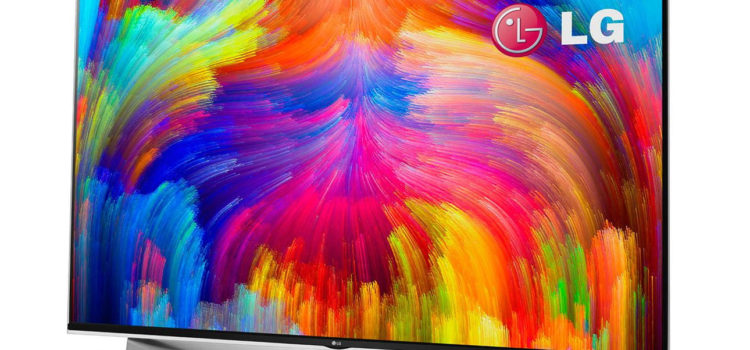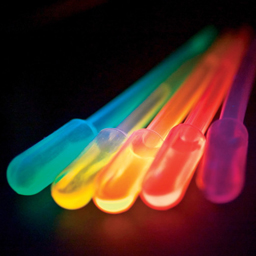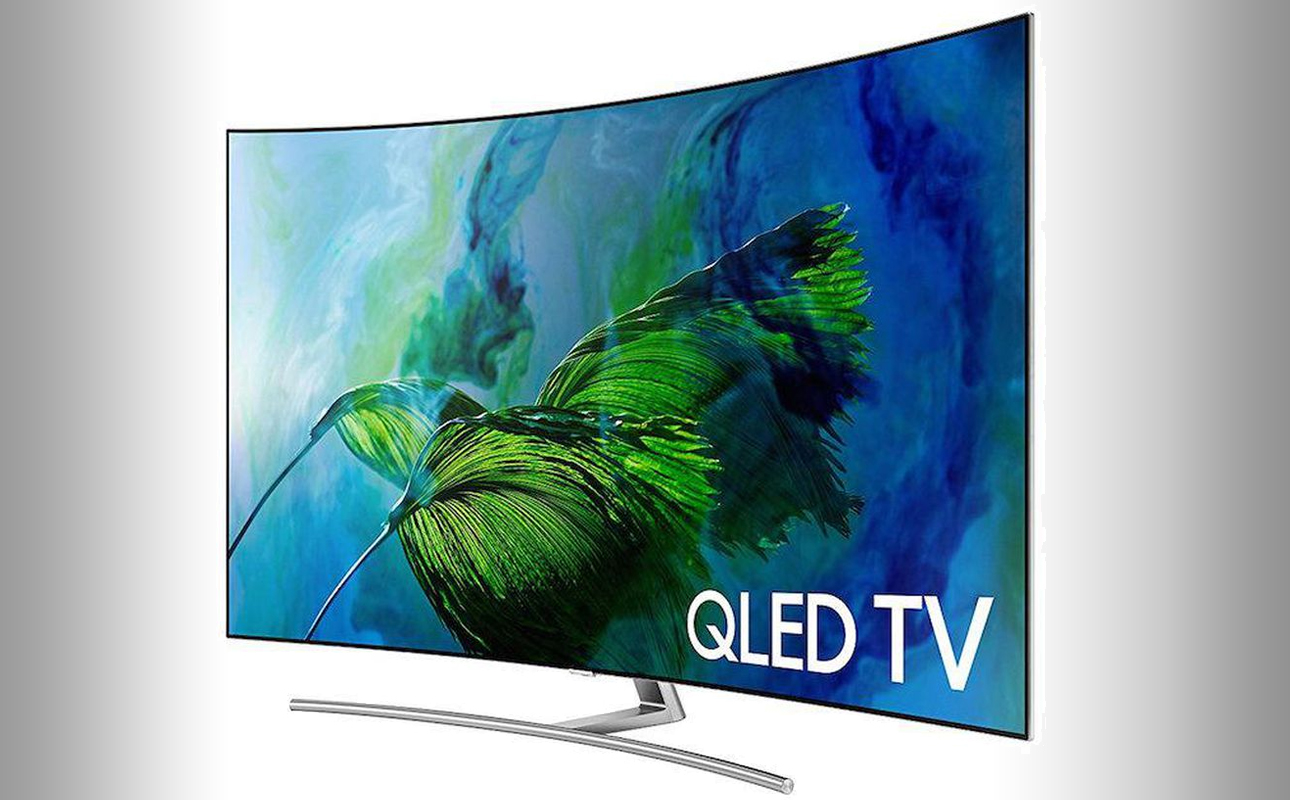Display technology such as LCD and other emerging ones came as a result of consistent research and experiments spanning several years to come up with what we have today. To remain relevant and maintain the competitive status in the market, manufacturers and other stakeholders are always engaging various enhancement methods for a better product.
In this article, a look at some of the experiments and researches into the application of LCD will be examined.

New Twists And Bends In LCD Research
Liquid crystals have been discovered over a century now. The structure of liquid crystal is still a misery and scientists are working frantically to unravel the mystery behind this substance that has changed display technology over the years. The latest discovery is the twist-bends that makes up the structure of liquid crystals.
Liquid crystals are in a state between solid and liquid but the molecules are in crystal like form. When viewed under the microscope, many different configurations of the crystals can be seen which includes a twist-bend molecular structure. This discovery which came in 2013 has opened up more room for further research.
By using an X-ray technique built in the U.S.A Department of Energy (Lawrence Berkeley National Laboratory), the research team discovered the first measurement to confirm a firmly twisted spiral molecule formation that can be what is required to reveal the mystery behind the liquid crystal and to further improve on LCD display technology performance like the speed of switching between on and off.

Suitability Of Modern LCDs For Vision Research
In the experiment, five LCD monitors were used. Their spatial and temporal luminance characteristics were measured to find out if they can be used in place of cathode ray tube monitors. In the spatial test, the authors measured how luminance is changed across spatial position, repeated measurements, spatial context and viewing angle.
In the temporal test, the authors looked at how reliable the monitors can bring about luminance changes across successive frames. The temporal and spatial measurements are the already existing limitations of conventional LCDs and CRT monitors. But from the experiment, it shows that a few high-end gaming monitors were able to meet the temporal requirements of vision research and currently available monitors can be used in place of CRTs in experiments in the laboratory.



 Prize Categories
Prize Categories
 Cathode Ray Technology
Cathode Ray Technology








